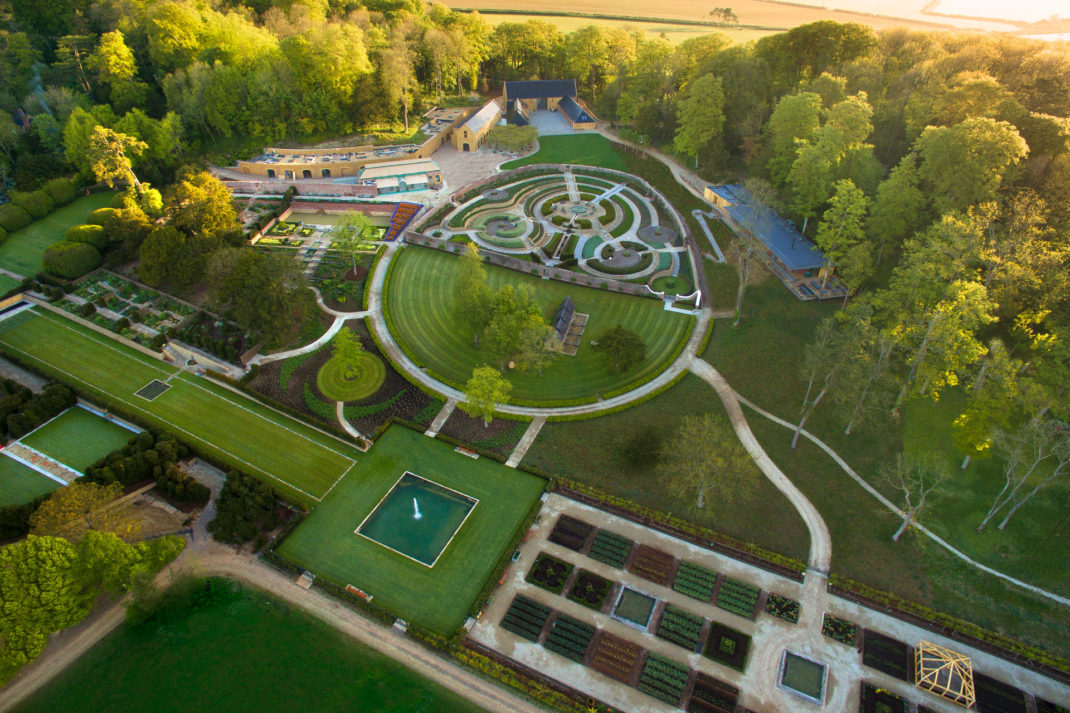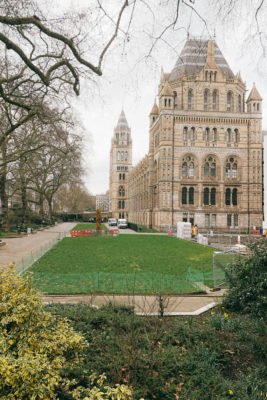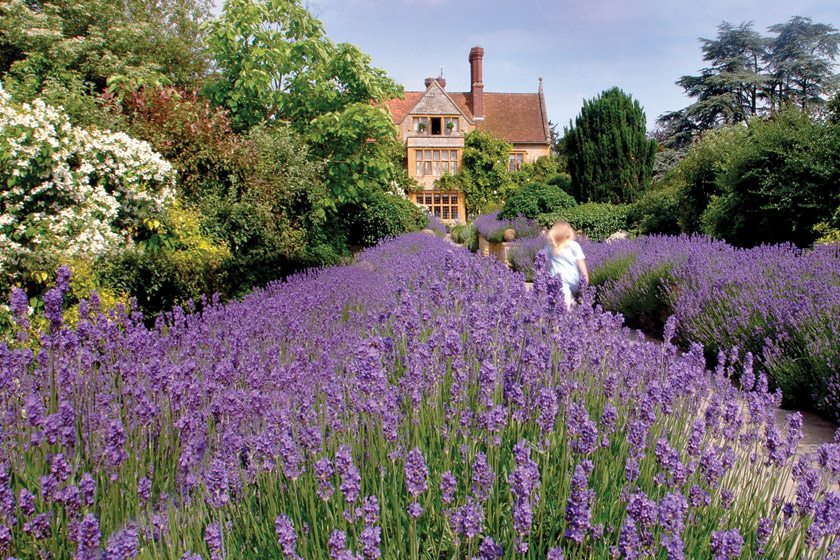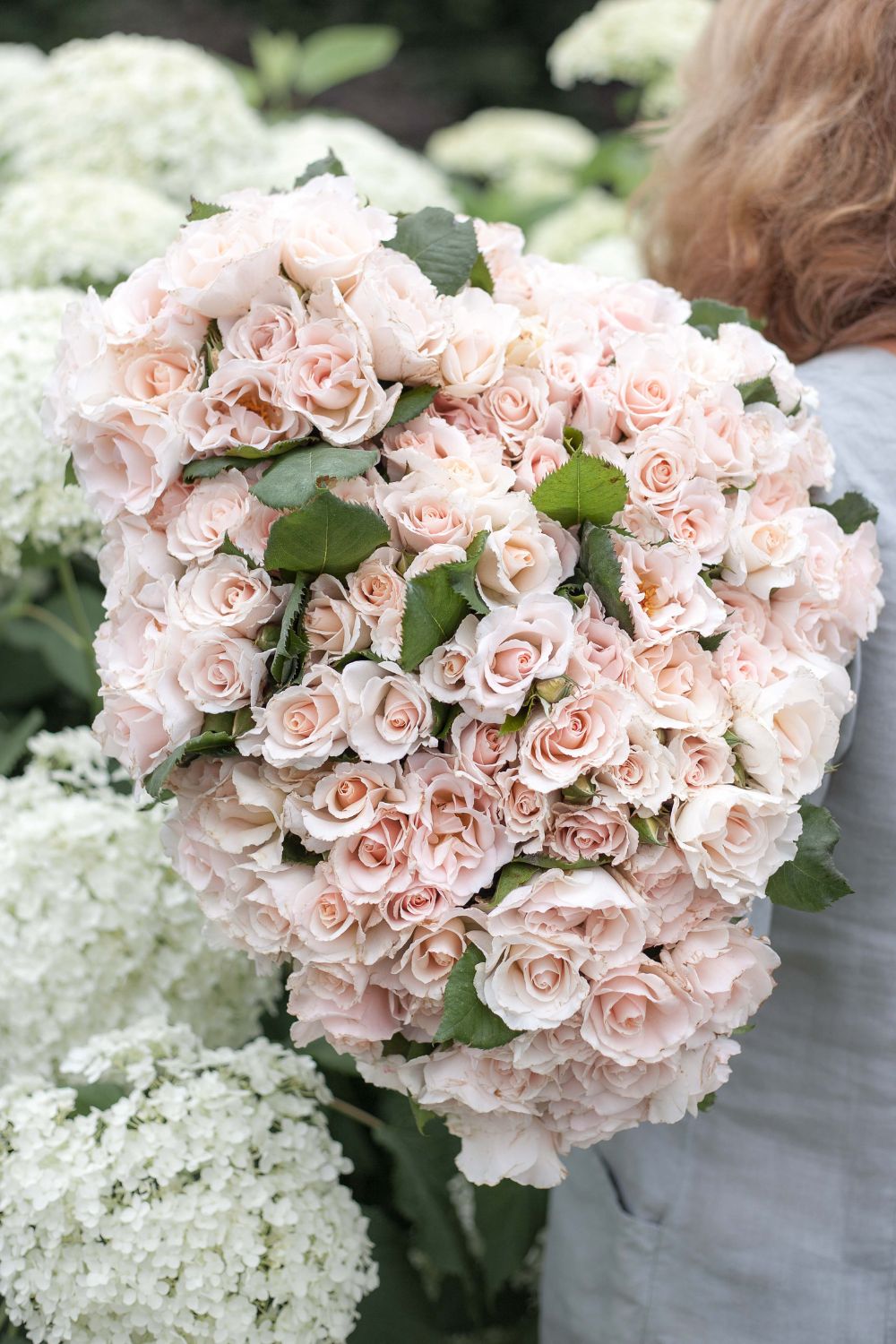
Rosebie Morton’s June Gardening Guide
By
1 year ago
Top gardening tips from the founder of The Real Flower Company
June is the time when the dress rehearsal is over and the gardening prima donnas are out in force, says Rosebie Morton, founder of The Real Flower Company. If you’ve been wondering how to keep your roses happy this month, here’s everything you need to know.
June Gardening Guide: How To Take Care Of Roses
It’s June, and roses are growing fast and producing their first flush of flowers – so they’ll need deadheading regularly to encourage them to produce new flowers. It’s important to cut them back to a true set of leaves; don’t be tempted to just snap their heads off. When deadheading, use a good pair of secateurs and cut the rose back to an outward facing bud. You can happily remove at least 3ocm of the stem, which will result in a new flower forming on a really strong stem in approximately forty days.
What To Do When Your Roses Are In Bloom
Many old-fashioned roses like albas, damasks and gallicas only flower once, though these have a long flowering season and can then be pruned back hard. Most modern varieties, however, will repeat bloom throughout the summer and will benefit from diligent deadheading. Once they have flowered, reward your roses with a good handful of slow-release fertiliser, scattered around the base of the plant but avoiding the stem. If the weather is dry, then water the fertiliser into the soil (otherwise the nutrients will not get taken up by the plant). Roses are hungry plants and do benefit from regular feed. They also thrive with a foliar feed such as seaweed – a spa treatment for a rose! If you are growing roses in a pot, make sure to water them regularly with at least a watering can’s worth of water on a weekly basis, and ensure they receive regular feeding.
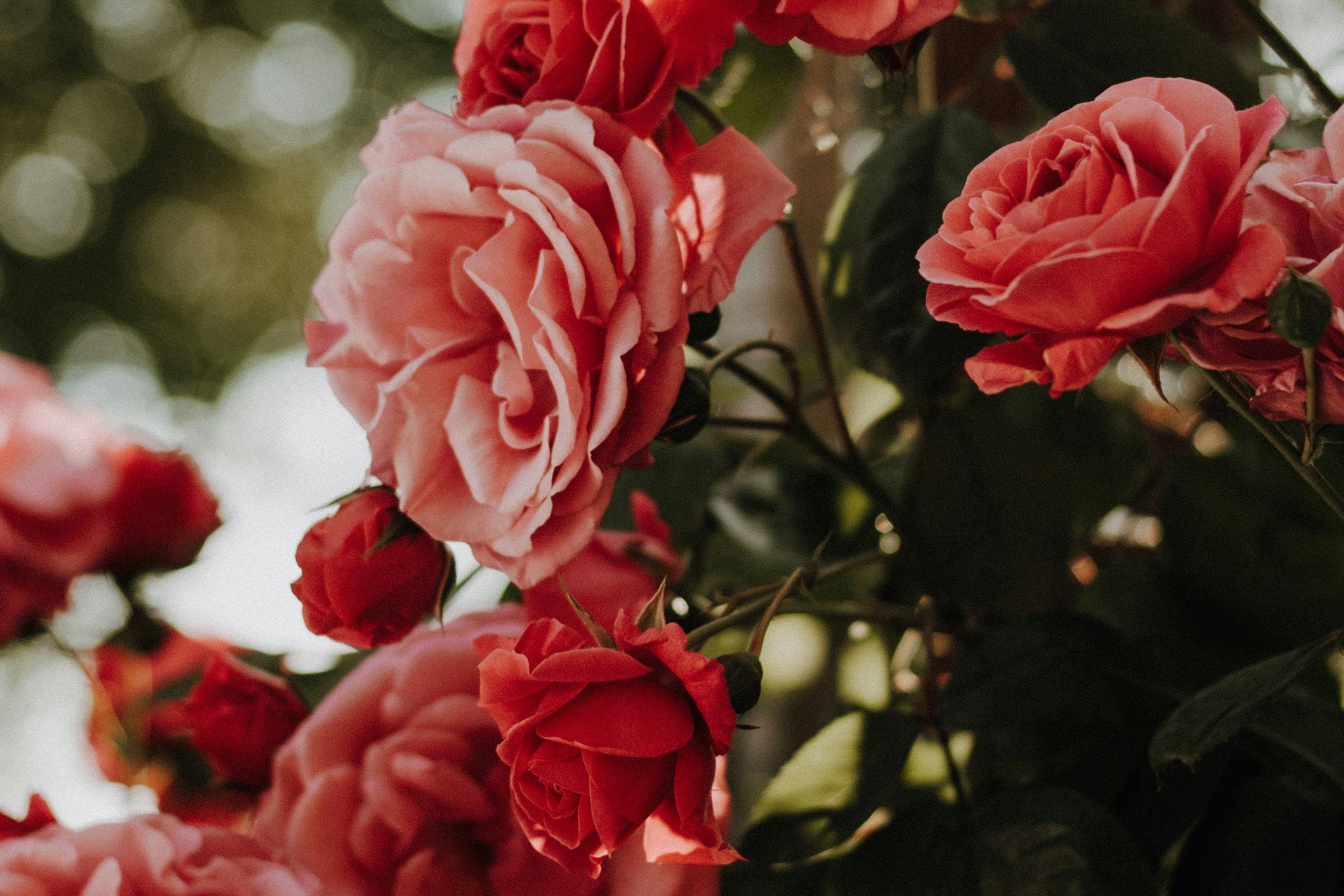
Unsplash
Rose Problems & How To Fix Them
Although roses have a reputation for being difficult, with a bit of care they can reward you all summer long. Look out for insects such as aphids and caterpillars, and if you see them, try and remove them or spray them with washing up liquid (but I’m dubious as to how effective this is!). I think the best deterrent – and certainly a very attractive one – is to grow a mix of different plants to confuse the pests. Bright coloured Marigolds and Calendula are said to be especially effective, while Salvias have a reputation for protecting roses from fungal problems such as mildew and black spot. Their scent profile contains sulphur, which is a good preventative from fungal disease, so planting salvias near your roses will not only look lovely but will also be very beneficial. (Salvias will start flowering in May and continue to late autumn; when the roses are not flowering, your eye will be drawn to the Salvias instead.) Microphylla Nachtylinder (meaning ‘night light’) is a great one to choose, as is Salvia Nemerosa Caradonna, Love & Wishes, and Farinacea. They thrive on sun and dry soil so need minimum care – but to guarantee long flowering, I recommend chopping them back after their initial flowering.
Easy Rose Varieties For Any Garden
Chandos Beauty, Irish Hope, Whiter Shade of Pale and Felicia are great options, as is Buff Beauty, Shropshire Lad, Iceberg and Bonica. All of these are quite disease-resistant and undemanding.



